Retro Replay Review
Gameplay
Dragon Ball Z: Idainaru Dragon Ball Densetsu introduces a unique blend of strategy and fighting mechanics that sets it apart from traditional one-on-one brawlers. Instead of throwing your lone hero into combat, you assemble a team of fighters—initially four, expanding to six as the story progresses—and select three to face each opponent. This roster-based approach adds a layer of tactical depth, as you must consider each character’s strengths, energy reserves, and potential synergies.
Each fighter comes equipped with two distinct bars: green for life force and yellow for power force. The life bar diminishes when you successfully execute an attack sequence, while the power bar depletes with every move you perform. Balancing offensive maneuvers against the risk of running out of power force creates constant tension in every match. Restoring energy requires careful timing and use of support items, making resource management essential to victory.
At the bottom of the screen lies the Power Balance gauge, a dynamic meter split into blue and red halves. Rather than directly chipping away at an opponent’s health, your standard strikes shift the meter in your favor. When your blue portion fills the gauge, an automated “finisher” sequence triggers, dealing real damage to the enemy’s life bar. Conversely, if the red side dominates, you’re at risk of taking heavy blows. This tug‐of‐war model rewards aggression tempered with defensive awareness, as overextending can quickly lead to a painful counterattack.
Graphics
Idainaru Dragon Ball Densetsu captures the classic look of the anime with colorful 2D sprites that evoke nostalgia for long‐time fans. Character portraits and on‐campus illustrations showcase vibrant shading and expressive facial animations, helping to convey the drama of pivotal moments. While not as flashy as later 3D Dragon Ball titles, its hand‐drawn style feels warm and faithful to Akira Toriyama’s original designs.
The battle arenas are richly detailed, featuring iconic backdrops like the arid wasteland of Planet Namek or the rocky terrain outside Capsule Corporation. Subtle parallax scrolling and weather effects—such as swirling dust kicked up during ki blasts—add depth without overloading the hardware. Animations for special moves, like Vegeta’s Galick Gun or Goku’s Kamehameha, are fluid and packed with energy, complete with dynamic camera cuts to heighten the impact.
While the resolution is limited by the era’s hardware, the overall presentation remains crisp and readable, even in hectic battles. Character sprites stand out clearly against the backgrounds, and the color palette manages to stay vibrant without becoming garish. For players looking to relive the early ’90s aesthetic, this game nails the period’s charm.
Story
The narrative in Idainaru Dragon Ball Densetsu begins during the Saiyan Saga, thrusting you straight into the high‐stakes conflict with Vegeta and Nappa. Cutscenes and dialogue sequences faithfully retell major moments—such as Goku’s arrival, Piccolo’s fateful sacrifice, and Nappa’s devastating assault on the Z Fighters—while also filling in minor details for newcomers. The pacing keeps the action moving, ensuring that battles never feel like filler.
Voice clips and text boxes work in tandem to create a cinematic experience, albeit within the constraints of the cartridge medium. Emotional highs, like Goku’s transformation into the Great Ape, receive special treatment with enlarged portraits and dramatic sound effects. Although the storyline does not diverge from the source material, optional side skirmishes and branching stage selections give players the freedom to explore “what‐if” scenarios.
Side missions and character interactions flesh out the cast beyond the Saiyan Saga, teasing upcoming foes such as Frieza and setting the stage for future arcs. These additional encounters reward completionists with unlockable artwork and brief profiles, offering insights into each warrior’s motivations and techniques. Ultimately, the story mode feels like an interactive retelling rather than a mere fighting game shell, making it an appealing choice for lore enthusiasts.
Overall Experience
Dragon Ball Z: Idainaru Dragon Ball Densetsu stands out as a hybrid fighting‐strategy title that demands both quick reflexes and thoughtful planning. Its party‐based combat system keeps engagements fresh and encourages experimentation with different team compositions. While the learning curve may be steeper than simple button‐mash fighters, the satisfaction of mastering the Power Balance gauge is immensely rewarding.
Fans of the anime will appreciate the faithful artwork, memorable voice samples, and recognizable arenas that transport them back to Goku’s early battles on Earth and beyond. The narrative faithfully covers the Saiyan Saga while adding optional content for those who wish to explore the world in greater depth. Occasional slowdown during intense sequences is a minor hiccup in an otherwise polished package.
Replay value is high thanks to unlockable characters, branching pathways, and the inherent desire to perfect each team’s synergy. Whether you’re a veteran Dragon Ball aficionado or a newcomer intrigued by strategic brawlers, Idainaru Dragon Ball Densetsu offers a compelling blend of story, style, and substance that holds up well more than two decades after its initial release. For players seeking a distinctive Dragon Ball experience, this title remains a hidden gem worth seeking out.
 Retro Replay Retro Replay gaming reviews, news, emulation, geek stuff and more!
Retro Replay Retro Replay gaming reviews, news, emulation, geek stuff and more!
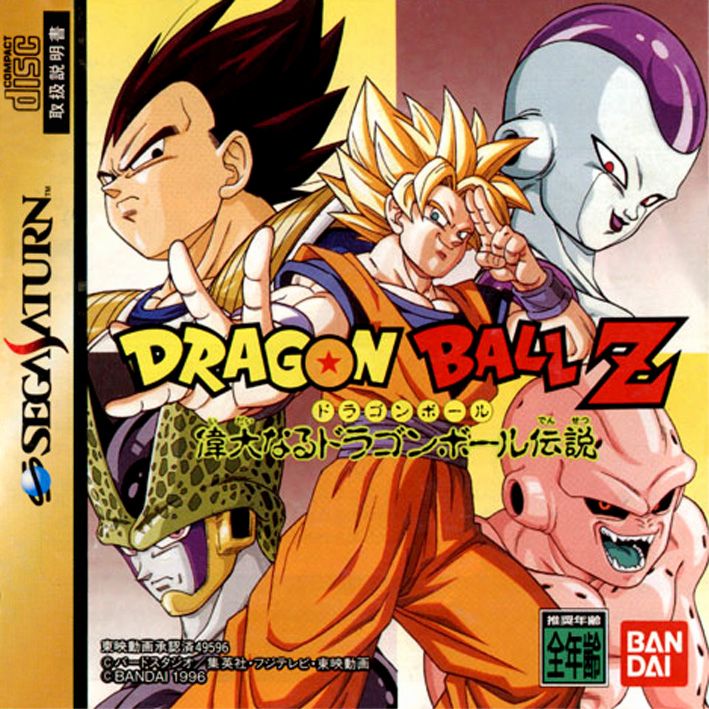
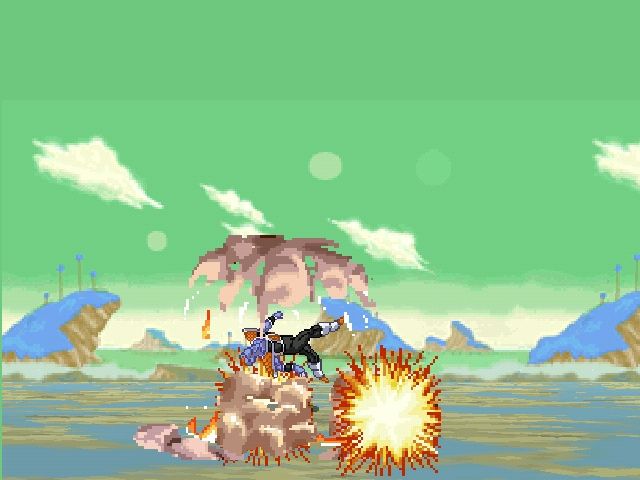

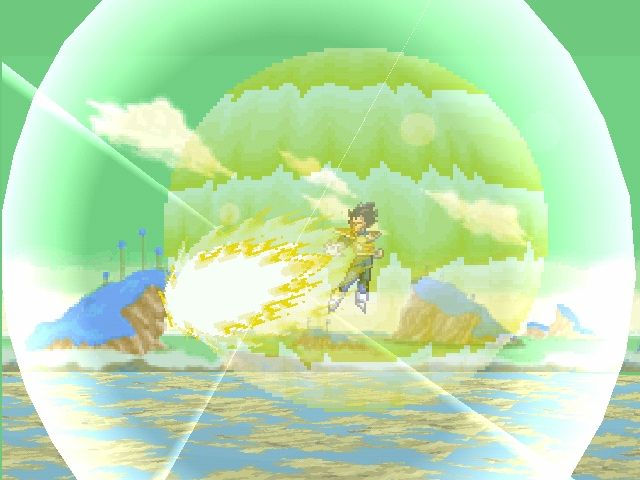
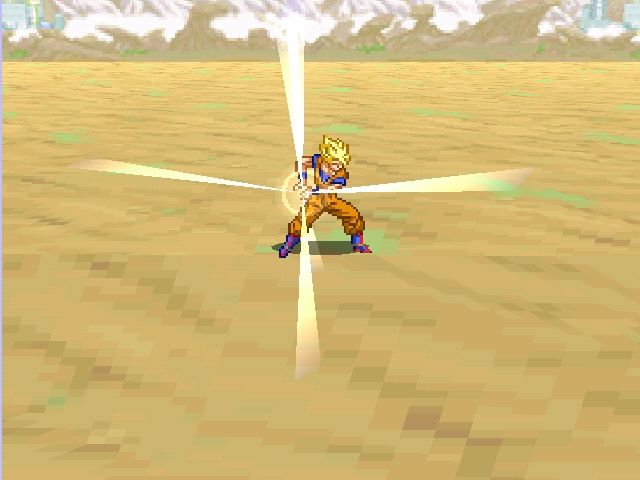
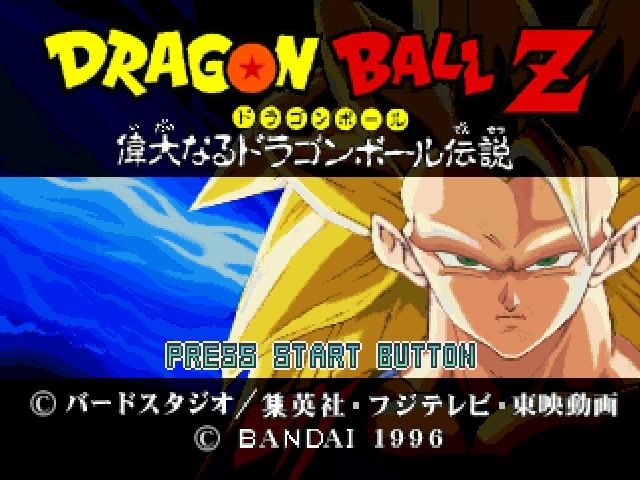
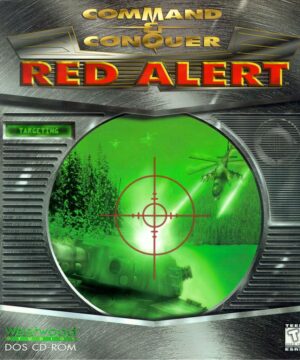


Reviews
There are no reviews yet.